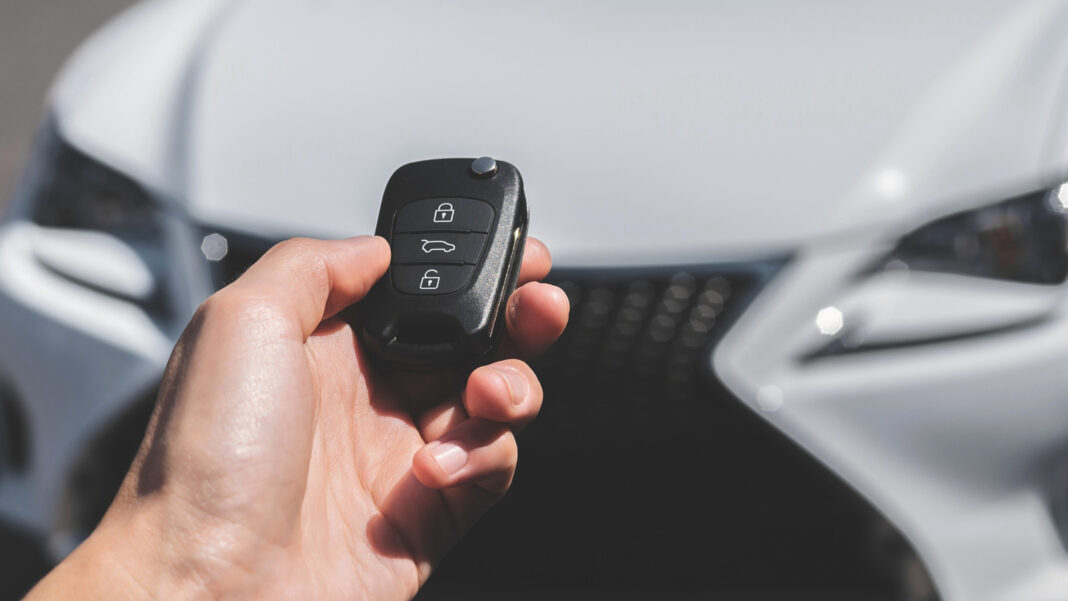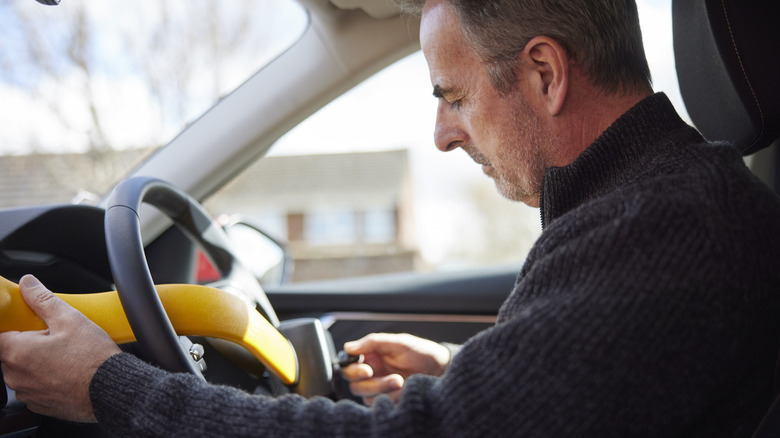We may receive a commission on purchases made from links.
Vehicle theft is a serious problem nationwide, with the National Highway Traffic Safety Administration (NHTSA) reporting that a car was stolen every 37 seconds in 2024.
Newer cars with remote keyless entry and push-button start systems are vulnerable to key cloning, signal jamming, and relay hacks, so criminals have moved on from traditional lock picks, slim jims, and universal keys. They now use cheap, high-tech, and readily available electronic devices (such as the seemingly harmless Flipper Zero and electronic signal jammers) to steal cars digitally, all without picking locks or smashing windows.
Thieves can clone key fobs in several ways. They might obtain access to your original key fob from valets or car washes and copy its code. Alternatively, they may hack into the OBD2 port to override the locks, reprogram a new key, or start the engine. Signal jamming, meanwhile, is a type of denial-of-service (DoS) attack, where attackers use devices that block radio signals from the key fob and prevent the car locks from engaging, which tricks the owner into thinking the car is locked. Additionally, carjackers working in tandem often execute relay attacks using two radio devices: one near the car and another near the key. This hack makes the vehicle register the fob as within range, so thieves can unlock and start it without even touching the key.
Protect yourself against keyless car theft
Fortunately, you can do your part to make it harder for thieves to steal your ride. Tried-and-true methods include closing and locking all windows and doors, parking in well-lit areas, and never leaving valuables such as jewelry, gadgets, or your wallet inside the car.
However, additional precautions are necessary to prevent carjackers from hacking your vehicle with keyless entry. For starters, engaging the sleep or idle mode in some keyless entry systems will stop the key fob from broadcasting its signal codes. Use it to your advantage if your car has one, but be sure to put the system in idle after locking the car. You can place the key fob inside a metal container or a Faraday pouch as an extra layer of security. Another good idea is to keep the key fob as far away from your front porch or garage to make it harder to electronically harvest its precious signals. You should also keep in mind that bad actors are not just after your car — there are some car parts thieves love to steal.
Meanwhile, an OBD2 Anti-Theft Lockout Tool is a viable option in preventing illegal connections and key cloning. However, we doubt aftermarket locks can deter thieves who steal new Toyota and Lexus cars by hacking the CAN (Controller Area Network) wiring via the headlights or taillights – meaning they don’t need to physically get inside the car and fiddle with connection ports. Lastly, it’s probably worth investing in a steering wheel lock or wheel clamp if you live in an area with high rates of auto theft.






